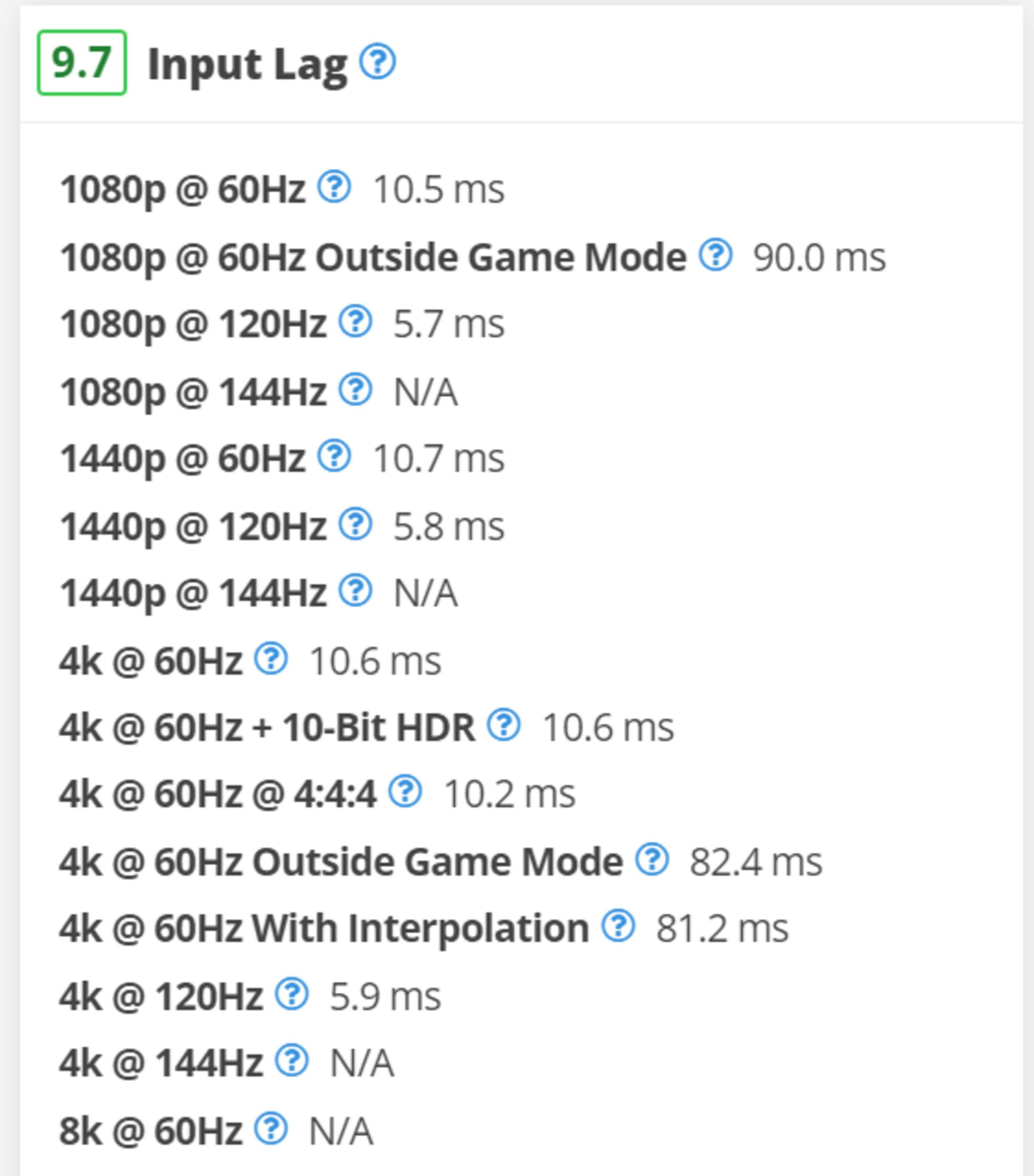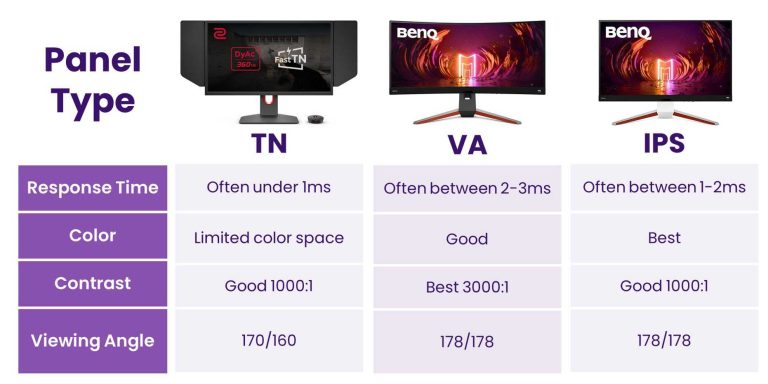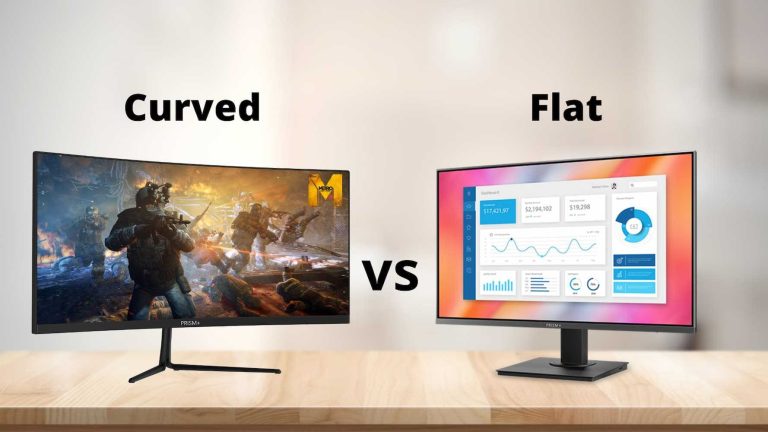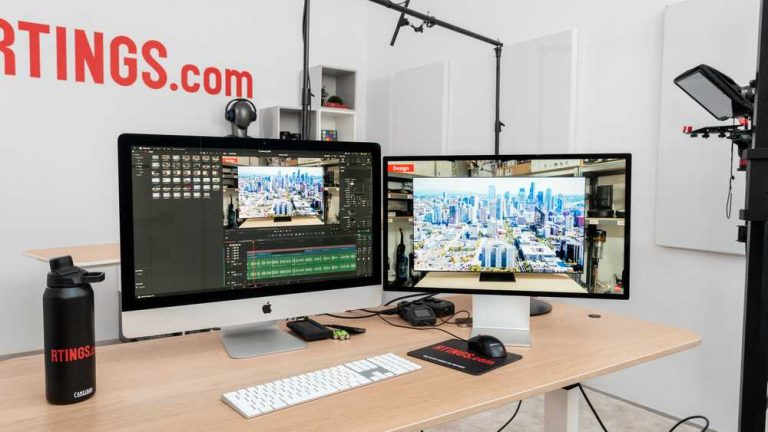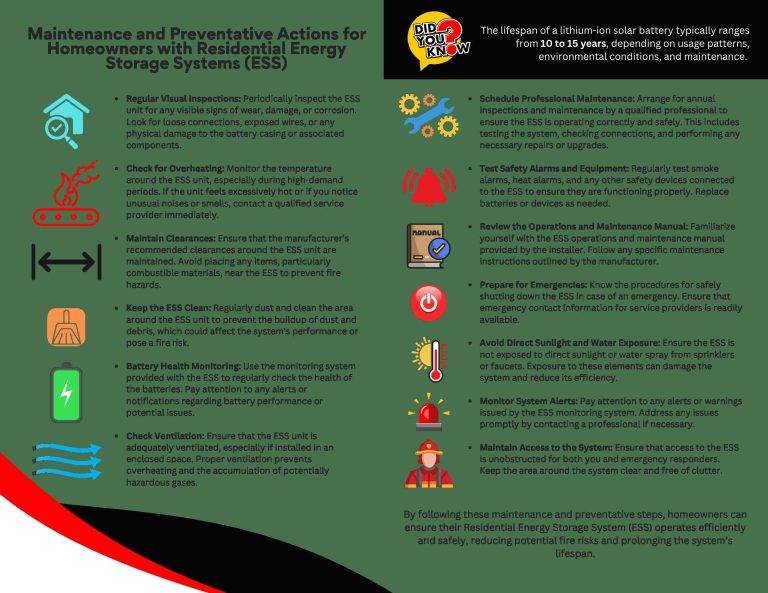Yes, gaming monitors can significantly reduce input lag, providing a smoother and more responsive gameplay experience. They are designed with features that minimize delay between your actions and what appears on the screen, giving you a competitive edge.
In short, gaming monitors are optimized to lower input lag through advanced technology, making your gaming more precise and enjoyable. By choosing the right monitor, gamers can experience quicker response times, which is especially critical in fast-paced games where split-second decisions matter.
Are you tired of feeling like your game reactions lag behind your commands? If so, you’re not alone. Many gamers wonder if switching to a gaming-specific monitor can make a difference in how they perform. The truth is, gaming monitors are built with features that help reduce input lag, ensuring that your actions are reflected swiftly on the screen. This improvement can be the key to gaining an edge in competitive gaming while making your overall experience more seamless and satisfying. Investing in a good gaming monitor can transform your gameplay from laggy to lightning-fast, making every move feel more natural and responsive.
Do Gaming Monitors Reduce Input Lag?
Understanding Input Lag and Why It Matters
Input lag is the delay between pressing a button or moving a mouse and seeing the response on the screen. For gamers, especially those who play fast-paced games, even a small delay can affect performance and enjoyment. Reducing input lag helps make gameplay feel more responsive and accurate.
How Gaming Monitors Affect Input Lag
Gaming monitors are designed specifically to offer lower input lag compared to standard monitors. They do this by optimizing several technical elements such as refresh rate, response time, and input processing. Choosing a monitor with these features can noticeably improve gaming experience.
Key Features of Gaming Monitors That Reduce Input Lag
Several features contribute to lower input lag in gaming monitors:
- High Refresh Rate: Monitors with 120Hz, 144Hz, or higher refresh rates update images more frequently. This creates smoother gameplay and reduces lag.
- Fast Response Time: Response time measures how quickly a pixel changes color. Monitors with 1ms or 2ms response time minimize smearing and ghosting, making controls more immediate.
- Variable Refresh Rate Technology: Technologies like G-SYNC and FreeSync synchronize the monitor’s refresh rate with the graphics card, reducing screen tearing and input delay.
- Low Input Lag Mode: Some monitors include a dedicated gaming mode that specifically minimizes input delay while maintaining visual quality.
Comparing Gaming Monitors and Standard Monitors
Standard monitors often prioritize color accuracy and resolution over responsiveness. They may have higher input lag, sometimes as high as 30 milliseconds. Gaming monitors aim to lower this delay to less than 10 milliseconds, often below 5 milliseconds for top models. This difference can be crucial in competitive gaming.
How Refresh Rate Impacts Input Lag
The refresh rate indicates how many times per second the screen updates. A higher refresh rate means that players see more real-time action. For example:
- 60Hz monitors update 60 times per second, resulting in a lag of approximately 16 milliseconds.
- 144Hz monitors update 144 times, reducing lag to about 7 milliseconds.
- 240Hz or higher can reduce delay even further, providing a more seamless experience.
Higher refresh rates can give gamers a competitive edge, especially in fast-paced genres like first-person shooters.
Impact of Response Time on Input Lag
Response time is crucial for real-time gameplay. A lower response time means pixels change color faster, leading to clearer, sharper images during quick movements. Monitors with a response time below 2 milliseconds are ideal for minimizing ghosting and input lag.
The Role of Variable Refresh Rate Technologies
G-SYNC and FreeSync adapt the monitor’s refresh rate to match the frame rate of the graphics card. This synchronization prevents visual artifacts and reduces latency caused by mismatched frame rates. These features help create a smoother gameplay experience with minimal input delay.
How to Choose a Gaming Monitor for Reduced Input Lag
To pick a monitor that minimizes input lag, look for:
- High refresh rates (at least 120Hz)
- Fast response times (1ms or 2ms)
- Support for G-SYNC or FreeSync
- Dedicated gaming modes with low input lag settings
- Minimal additional processing that adds delay
Always check reviews and specifications to confirm the monitor’s actual input lag performance.
Testing and Measuring Input Lag
Manufacturers often provide input lag figures, but real-world testing can reveal true performance. You can use specialized tools or online tests to measure the latency of a monitor. This helps ensure the monitor meets your gaming needs.
Additional Tips to Reduce Input Lag
Besides choosing the right monitor, consider these tips:
- Use a wired connection instead of Wi-Fi for lower latency.
- Update graphics drivers regularly for optimal performance.
- Enable gaming or low-latency modes in the monitor settings.
- Reduce visual effects and quality settings within the game to increase frame rates.
These practices can further decrease overall input delay and improve responsiveness.
The Limitations of Gaming Monitors in Reducing Input Lag
While gaming monitors significantly lower input lag, they can’t eliminate it entirely. Factors like the game engine, system processing speed, and input devices also influence responsiveness. Additionally, high refresh rates and response times require powerful hardware to fully utilize.
Related Topics: How Hardware and Software Affect Input Lag
Other elements that impact input lag include:
Input Devices
- Gaming mice and keyboards with fast polling rates.
- Wired devices tend to have less delay than wireless.
System Performance
- Higher frame rates from a powerful graphics card reduce latency.
- Fast processors can minimize system-based delays.
Game Settings
- Lowering graphics settings can increase frame rate and reduce lag.
- Disabling V-Sync can lower input delay but may cause visual tearing.
Summary of How Gaming Monitors Reduce Input Lag
Gaming monitors are crafted with features that specifically target the reduction of input lag. High refresh rates paired with low response times, combined with technologies like G-SYNC or FreeSync, make gameplay more responsive. Selecting the right monitor can lead to quicker reactions and better performance in competitive matches.
Final Thoughts on Gaming Monitors and Input Lag
Choosing a gaming monitor with low input lag is essential for players seeking a more responsive gaming experience. The combination of high refresh rates, fast response times, and adaptive sync technologies can make a noticeable difference. Always consider your gaming style and hardware setup to select the best monitor suited to your needs.
GET LOWER INPUT LAG BY CHANGING THESE SETTINGS ON YOUR MONITOR! #shorts
Frequently Asked Questions
How do gaming monitors help in reducing input lag during play?
Gaming monitors are designed with faster response times and higher refresh rates, which minimize the delay between your actions and their display on the screen. Features like low-input lag technology and adaptive sync help deliver more immediate feedback, making gameplay feel more responsive and fluid.
Can the choice of monitor settings influence input lag in gaming?
Yes, adjusting certain settings like turning off V-Sync, reducing display resolution, and choosing a higher refresh rate can lower input lag. Ensuring the monitor is set to its optimal gaming mode also helps reduce delays and improves reaction times during gameplay.
Are there specific types of gaming monitors that inherently offer lower input lag?
Yes, monitors with high refresh rates such as 144Hz or 240Hz, along with TN or IPS panels optimized for gaming, typically provide lower input lag. Gaming-specific features like dedicated low-latency modes and faster response times are common in these monitors, making them ideal for competitive gaming.
Final Thoughts
Gaming monitors are designed to minimize input lag, providing a more responsive experience. High refresh rates and fast response times play a crucial role in reducing delay between input and display.
These features ensure that players react quickly without noticeable lag, giving a competitive edge.
In conclusion, do gaming monitors reduce input lag? Yes, they can significantly improve responsiveness, making gameplay smoother and more precise.
I’m passionate about hardware, especially laptops, monitors, and home office gear. I share reviews and practical advice to help readers choose the right devices and get the best performance.
